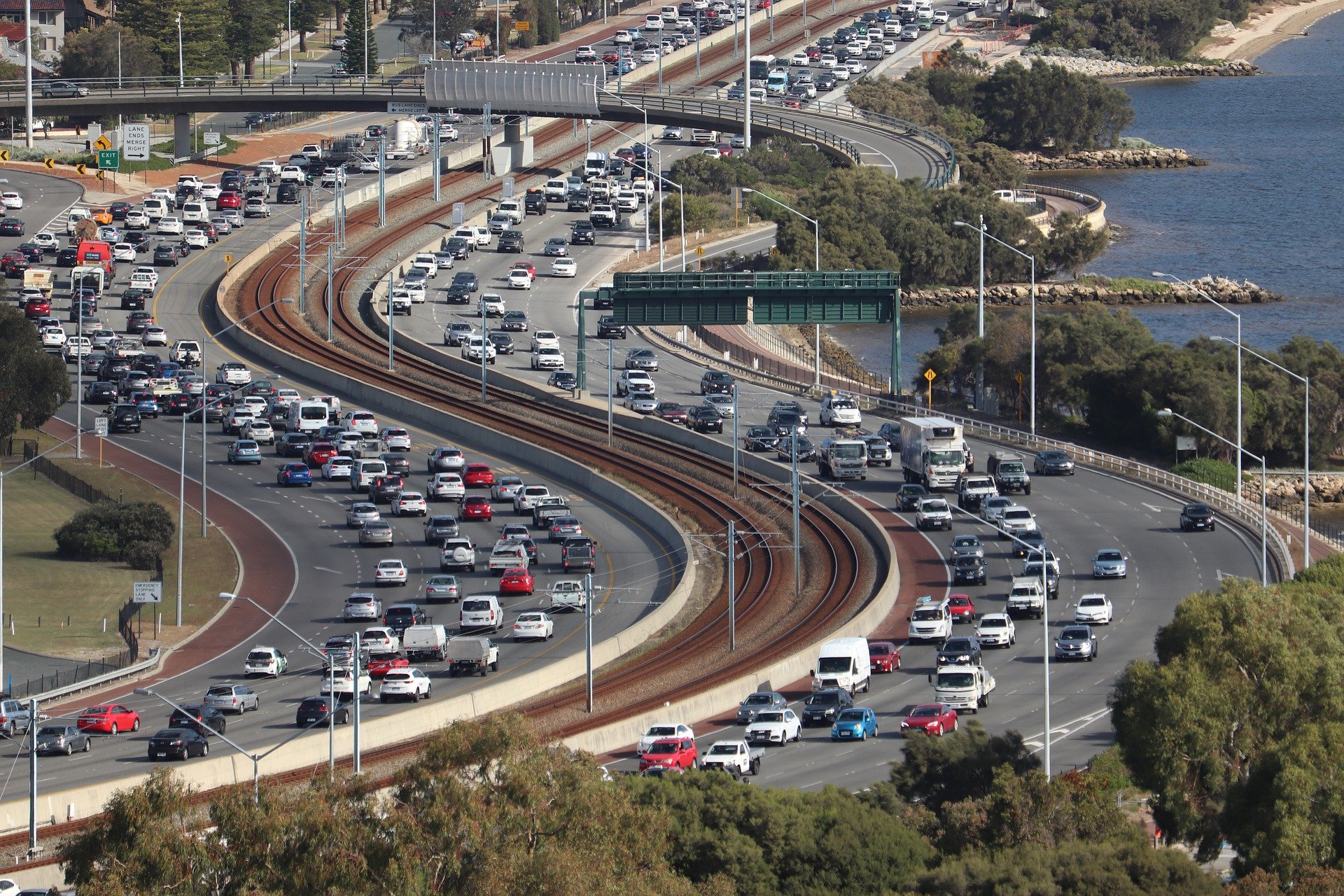New Zealanders’ activities are driving emissions
Christchurch - Climate change has well and truly arrived in New Zealand and is affecting the climate and people's daily lives.
The products Kiwis buy, the food they eat, the way New Zealanders travel, and the goods people produce can all cause emissions of greenhouse gases.
On April 15, the Ministry for the Environment and Stats NZ will release a series of reports on the state of New Zealand’s environment. A list of statistics and what changes are likely to happen, can be found in their key indicators report just released.
Climate change is already happening, and past emissions have locked in further change. By signing up to the Paris Agreement, the world has committed to take action on climate change.
Aotearoa has set itself the goal in the Climate Change Response Act of contributing to efforts to limit temperature increases to 1.5˚celcius above pre-industrial levels, the Aotearoa Climate Change Commission says.
Globally, carbon dioxide emissions have continued to increase – the concentration in the atmosphere is now the highest for at least the past three million years.
New Zealand’s gross carbon dioxide emissions were 7.7 tonnes per person in 2017 – 17th out of 32 OECD countries.
New Zealand also ‘imports’ carbon dioxide emissions when people use goods and services from overseas.
Road transport was the largest source of carbon dioxide emissions in 2018 (43 percent). Emissions from road transport also increased by 22 percent from 2009 to 2018.
The popularity of vehicles that use more fuel – especially utes and SUVs – means transport emissions are continuing to increase despite improvements in engine technology.
Methane made up 43 percent of New Zealand’s gross greenhouse emissions in 2018, with 86 percent of this coming from livestock. Nitrous oxide made up 10 percent. Agriculture contributed 48 percent of NZ’s gross greenhouse gas emissions.
Economic activity and population growth have contributed to New Zealand’s carbon dioxide emissions. Improvements in energy efficiency and a greener energy supply have offset some of the increases.
Changes in rainfall – particularly extremes – are beginning to emerge. In early 2020, Auckland experienced its longest dry spell of 47 days, well above the average length of 10 days for 1960–2019.
Climate changes are translating to effects on the physical environment. New Zealand’s mean relative sea level has risen by 1.81 millimetres per year on average since records began more than 100 years ago, and the average rate for 1961–2018 was twice the average rate for the time period since records began to 1960.
The contribution of climate change to floods and droughts is estimated to have cost New Zealanders $840 million in insured damages and economic losses alone from 2007 to 2017.















Lisa was born in Auckland at the start of the 1970s, living in a small campsite community on the North Shore called Browns Bay. She spent a significant part of her life with her grandparents, often hanging out at the beaches. Lisa has many happy memories from those days at Browns Bay beach, where fish were plentiful on the point and the ocean was rich in seaweed. She played in the water for hours, going home totally “sun-kissed.” “An adorable time to grow up,” Lisa tells me.
Lisa enjoyed many sports; she was a keen tennis player and netballer, playing in the top teams for her age right up until the family moved to Wellington. Lisa was fifteen years old, which unfortunately marked the end of her sporting career. Local teams were well established in Wellington, and her attention was drawn elsewhere.